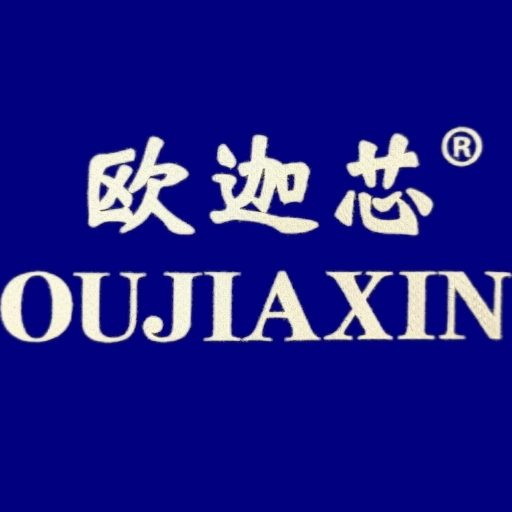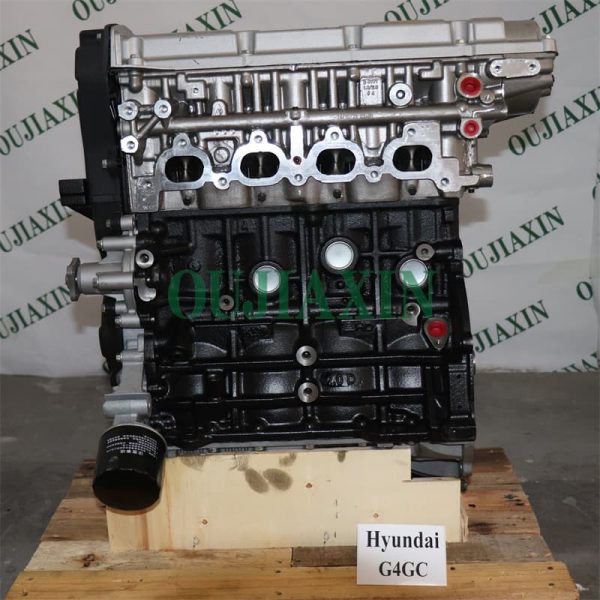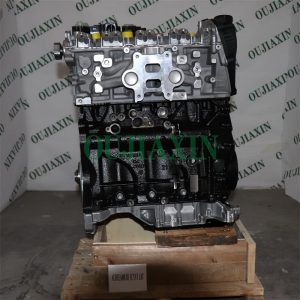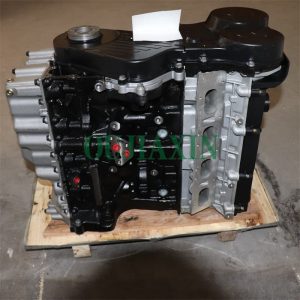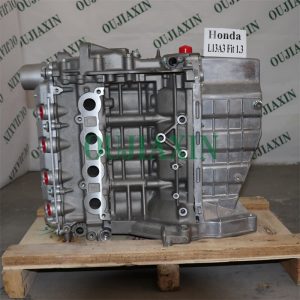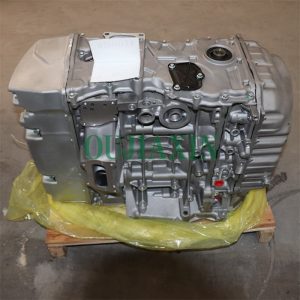Description
The 2.0-liter Hyundai Beta II engine was produced from 2001 to 2012. The power unit since 2003 was equipped with the Continuously Variable Valve Timing system. The engine has a life expectancy of 300,000 km.
Four-stroke, four-cylinder gasoline engine with fuel injection and ignition electronically controlled, in-line cylinders and pistons rotated by a common crankshaft, topped by two camshafts (with CVVT system). The engine has a forced circulation closed liquid cooling system. The lubrication system adopts a combination of pressure lubrication and jet lubrication.
The cylinder head is made of aluminum alloy. The camshaft is driven by a toothed belt. The belt itself only drives the exhaust camshafts. The intake camshaft is driven from the exhaust camshaft via an internal chain located at the rear end of the cylinder head, as is the mechanism that changes the valve timing. There are no hydraulic lifts. The valve clearance needs to be adjusted every 90,000 km.
The engine made its debut in models such as the (XD) Elantra and (GK) Tiburon between 2001 and 2002. Output is 138 hp (102 kW) at 6000 rpm and 136 lb-ft (184 N m) of torque at 4500 rpm. It has a cast iron engine block and aluminum DOHC cylinder heads.
Redesigned block with cylinder bore outer contours (instead of flat sides), additional ribs and an additional transaxle attachment point (now 5) (reduces NVH)
The crankshaft now has 8 counterweights instead of 4. (NVH)
Cast and ribbed aluminum oil pan (rather than pressed steel) for a stronger bond to the transaxle (NVH)
Reinvention of combustion chambers, ports and pistons (performance, [fuel] economy, emissions)
20 mm (0.8 in) longer intake cylinder, 8 percent smaller surge tank, added resonators, optimized spark timing and valve lift, lighter valve springs, denser connecting rod bearings for higher fuel pressure and Non-return fuel system (instead of return) with smaller injectors (torque distribution and economy)
Cylinder heads machined to tighter tolerances
Head spacers are now 2 tiers (instead of 3 tiers)
Idle speed reduced from 800 rpm to 700 rpm (NVH)
Hydraulic engine mounts (4) instead of rubber (NVH)
The heat shield fits between the engine and air cleaner, reducing induction air heating.
New cam cover with I piece high specific gravity polypropylene baffle (ilo 2 piece pp)
Reduced oil flow (economical)
Mechanical valve lash adjusters (solid tappets) replace hydraulic pressure to improve valve lash accuracy (durability).
Lower valve spring loads reduce valve train friction (performance).
Install the engine cover (NVH and trim engine compartment)
Catalytic converter is now upstream next to the exhaust manifold (ILO under the car) (emissions)
Other details changed to: alternator, intake manifold bracket, power steering and A/C pulleys, idle actuator, fuel filler cap, and drive plate between engine and torque converter
In 2008, the Beta II was modified to produce 143 horsepower (107 kW) and 137 lb·ft (186 N·m) of torque.
Applications:
Hyundai Elantra (XD/HD) (2000–2010)
Hyundai i30 (FD) (2007–2012)
Hyundai Tiburon/Coupe (2001–2008)
Hyundai Trajet (1999–2008)
Hyundai Tucson (JM) (2004–2009)
Kia Carens (RS) (2002–2006)
Kia Cee’d (ED) (2006–2012)
Kia Cerato (LD) (2003–2008)
Kia Soul (AM) (2008–2011)
Kia Sportage (KM) (2004–2010)
